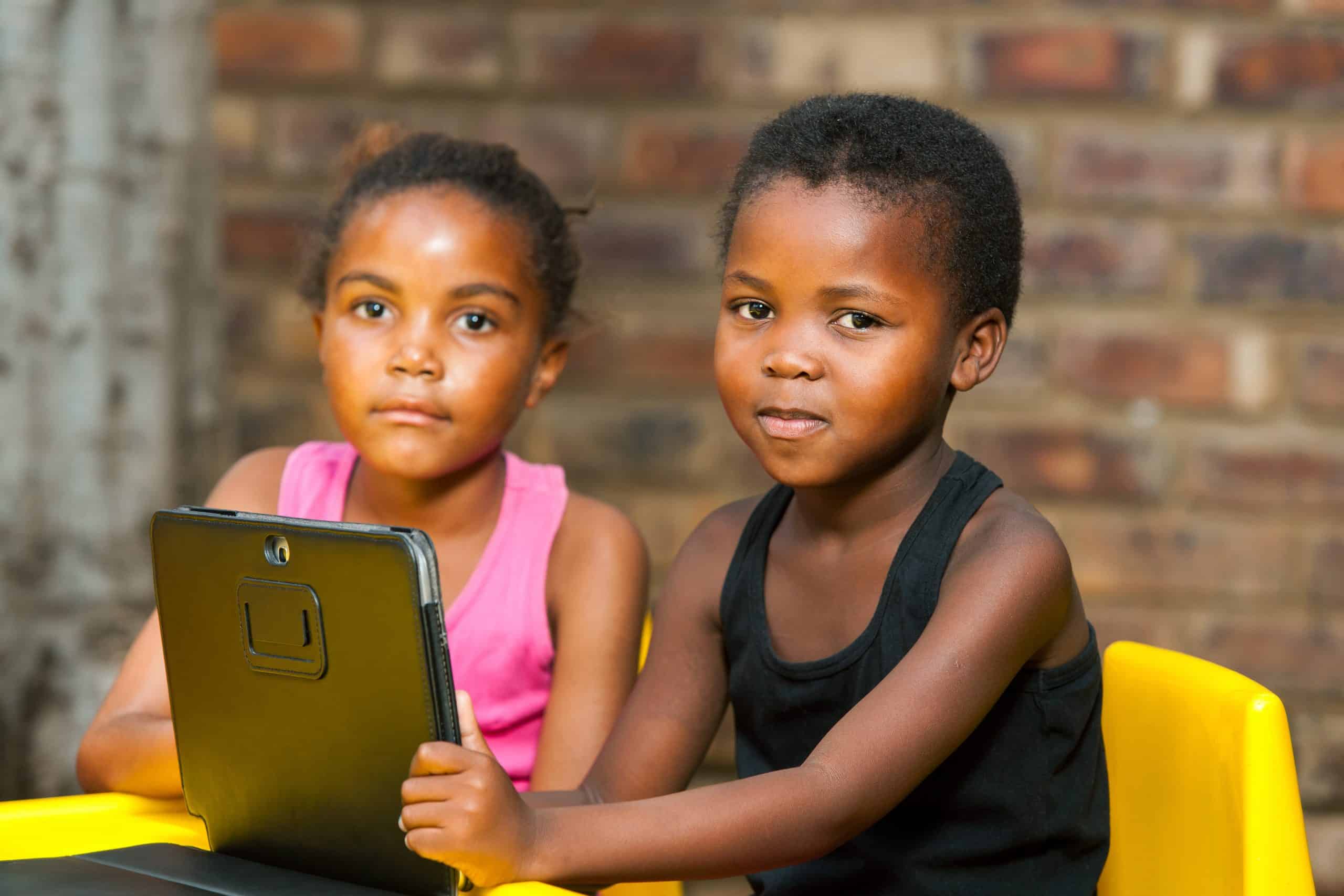As thousands of educators, entrepreneurs, and investors gathered at the recent ASU+GSV Summit, a growing number recognized both the need and opportunity for educational innovation in developing countries, particularly for the over 250 million children who lack access to schools.
But many of the solutions proffered still focus on internet-based solutions. Glaringly missing from the landscape are adaptive, digital learning solutions that are offline.
While we work to increase universal access to the internet, the edtech ecosystem cannot ignore the hundreds of millions of children currently without connectivity but who are eager to learn.
The offline opportunity
To illustrate this need and opportunity, consider the case of Africa.
The continent’s share of the global population is projected to grow from 17% in 2020 to 26% in 2050, according to the United Nations Department of Economic and Social Affairs Population Dynamics. The need for scalable, effective, and tech-enabled learning will grow significantly as well, as there will be 450 million children born in Africa in the 2020s and more than 550 million in the 2040s.
The International Finance Corporation reports, however, that only 22% of Africans have access to the internet, and likely less than 5% of the most underserved children.
Even if these children could get access to the internet, most would find it cost-prohibitive to learn how to use it. That’s because the cost of data wouldn’t allow them to learn on these platforms, much less learn well—similar to how individuals in upper-income countries had internet access 15 years ago but weren’t using it to stream movies.
As a result, these children need an offline digital solution that adapts to the learning needs of the child.
“Access to world-class learning that is not dependent on internet connectivity, or the power grid, is key to serving hundreds of millions of children right now,” said Joe Wolf, CEO of the nonprofit Imagine Worldwide (where I am a board member).
Imagine Worldwide, which I’ve written about here before, partners currently with local organizations in seven countries in sub-Saharan Africa to provide child-directed, tech-enabled learning that is accessible, effective, and affordable.
Children drive their own learning at their own pace by using interactive software that provides a complete, research-based curriculum and pedagogy. The learner accesses the software on a tablet, which functions without connectivity and can be charged by solar power. Intermittent access to the internet allows the software provider to collect data and update content accordingly.
What’s more, it costs less than $10 per child per year, including the cost of the digital learning curriculum, accessories, the power stations, shipping, and implementation support. As these interventions scale, the cost is also declining.
Increased evidence of impact
This learning solution that works for offline students shows immense promise. A two-year randomized controlled trial that Imagine Worldwide conducted with children in Malawi showed statistically significant learning gains in literacy and math despite multiple COVID-induced disruptions.
The highlights were:
- 4.2 months of additional literacy learning after 13 months of disrupted schooling;
- 72% of students attained emergent or fluent mathematics status;
- 50% more children advanced on national literacy benchmarks;
- Girls benefited at least as much as boys, in stark contrast to the results in standard classrooms in similar environments.
There was also promising evidence of improved engagement, with the data showing better attendance, behavior, and attitudes toward learning.
Galvanizing action
Students in these environments will likely gain access to the internet, but it’s going to take a while. Investments in these offline solutions can, fortunately, pay off immediately for these children and provide many of the benefits of online solutions at a lower cost.
And, in classic disruptive innovation fashion, these same solutions will improve as these students do gain internet access over time, so there’s no wasted investment.
What that means is that it’s time to start scaling these edtech solutions that meet the needs and conditions of the tens of millions of the most underserved children.
Imagine Worldwide reports robust demand for its program across sub-Saharan Africa, with significant opportunities to scale to millions of students in Liberia, Sierra Leone, Ghana, Malawi, and Tanzania—in both government schools and refugee camps.
It also means that funders should begin to search for ways to invest in more edtech solutions that address this need and opportunity.
Some of these solutions may be locally-based, for-profit opportunities that take advantage of the ingenuity of entrepreneurs to create solutions tailor-made for the local circumstances. By way of analogy from outside of education, these examples might look like Copia, a Kenyan e-commerce startup that helps rural populations buy basic goods, or Metro African Express, a Nigerian ride-hailing company that uses motorcycles, not cars. That’s a better fit for the African context than car ride-sharing companies, for example.
Others may be by inducing top edtech companies to craft solutions for the hundreds of millions of children who are offline or to create open-source solutions on which local entrepreneurs can build.
All of these pathways hold immense promise. But they require the edtech sector to think not just about online-learning solutions, but also about digital solutions that are offline and put children in the driver’s seat.
The need is acute, the technology is accessible and massively scalable, and proof points backed with robust research exist. It’s time to act.



